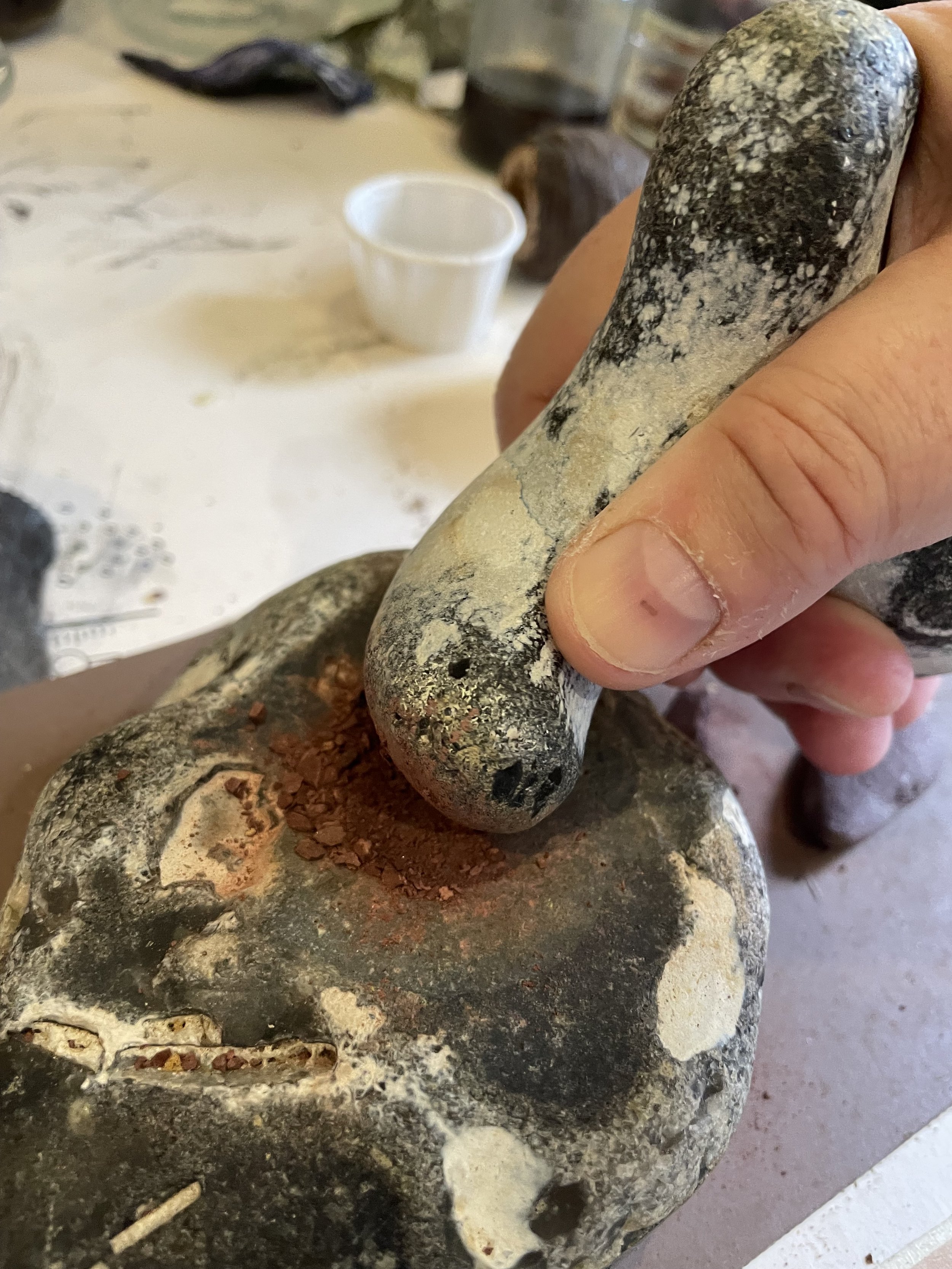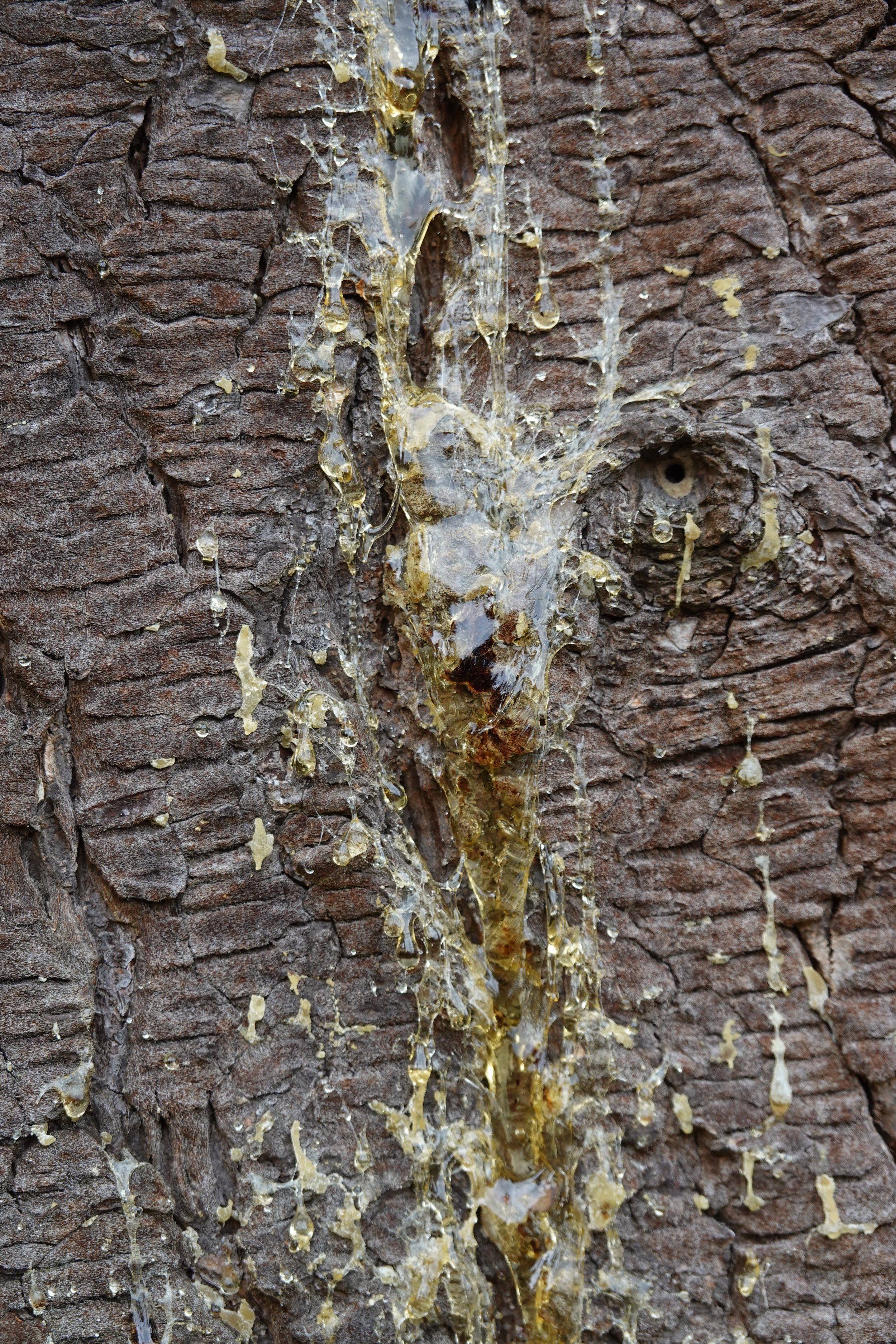Notes on the commons feast zoom art interventions
Summary of September's Foraging Discussion & Reflections
Foraging Conversations & Public Reactions
The event opened with a discussion on the controversy of picking Himalayan balsam, a plant that has sparked debates on problematic foraging.
Participants shared their experiences of collecting wild foods and how they are sometimes approached by passersby with curiosity or concern.
Diverse Foraging Practices
I gather a wide variety of plants, fungi, and seaweed for food, medicine, dyes, and even cleaning supplies. Recent finds:
Elderberries & blackberries for preserves.
Red dulse seaweed for dye.
Goldenrod for colour and medicinal tea.
Hops for kombucha flavoring.
Comfrey & dandelion for arthritis balms.
Notably, berry foraging does not attract attention, but when collecting pine needles and young cones, a couple assumed it was due to food insecurity. This sparked a discussion on the nutritional benefits of wild foods, gut health, and historical diets.
Fear of Wild Foods & Disconnection from Nature
The conversation expanded to how many people fear foods not wrapped in plastic or from supermarkets.
A food bank volunteer shared that another volunteer was hesitant to eat an apple directly from a tree, worried about how it had been grown. This led to a discussion on how supermarket fruit is often treated with pesticides—ironically making it less “natural” than foraged fruit.
This fear is a symptom of our disconnection from the land, rooted in historical enclosures and the shift to capitalism, as explained by Silvia Federici in Witches, Witch-Hunting and Women.
Seasonal Preserving & Cultural Perspectives
A participant from Western Canada shared their sour crab-apple jam-making process.
They described the sensory experience of jam-making, struggling with a touchscreen due to sticky fingers, which added a tactile element to our discussion.
They highlighted the tension between increased food regulations and the growing desire for ‘natural’ foods, particularly in debates about raw milk in North America.
They argued that the loss of seasonal, local food knowledge is due to outsourcing food preparation to industry and the overwhelming variety in modern supermarkets.
Foraging Highlights & Personal Experiences
Mushroom foraging has begun, with sightings of baby parasols and chanterelles.
Fungi fascination: I shared my own experience of finding a birch polypore—initially ruining a batch by improper drying but later perfecting the process.
Dye-making curiosity: A participant found dark galls and sought advice on their use for ink-making.
Food Waste Reduction & Creative Cooking
I shared my apple tarte tatin, made with a pastry from last year’s chestnut and dock seed flours and apples collected from various local sources.
A participant shared a simple apple cider vinegar recipe using peels and cores, further reducing waste:
Fill a bottle halfway with cores & peels.
Add 1 cup of water per tablespoon of sugar.
Cover with cloth & rubber band, store in a dark place.
Shake daily for two weeks, then strain and bottle.
Looking Ahead: Foraging Wish Lists
Horse chestnuts (conkers)—not edible, but great for laundry soap.
Sweet chestnuts—edible and delicious when cooked.
Rosehips, sloes, hawthorn, fungi (parasols, chanterelles, hedgehogs, birch polypores).
Rowan berries—to pair with apples for jelly.
A new participant in the West Country is excited to explore coastal foraging opportunities.
Reflections & Takeaways
The public perception of foraging is still steeped in misconceptions—many assume it is done out of desperation rather than choice.
The fear of unregulated food is a stark contrast to how historically, wild foods were essential to survival. The shift from hunter-gatherer diets to industrialized food systems has left us disconnected from natural sources.
Food regulation vs. natural living: The discussion on raw milk and wellness trends made me reflect on the complexity of food choices today—how increased regulation can sometimes push people toward unregulated alternatives.
The joy of preservation: Our Canadian participant’s crab-apple jam-making reminded me how food traditions connect us to the seasons and create a shared sensory experience, even across continents.
I’m looking forward to experimenting more with the plants I find.







